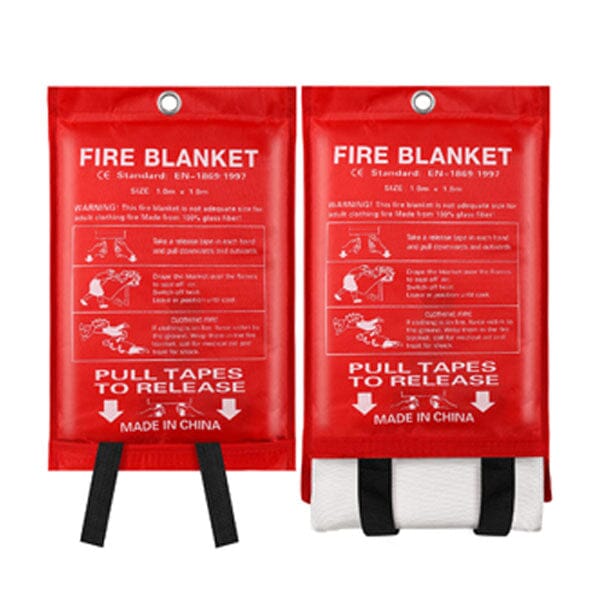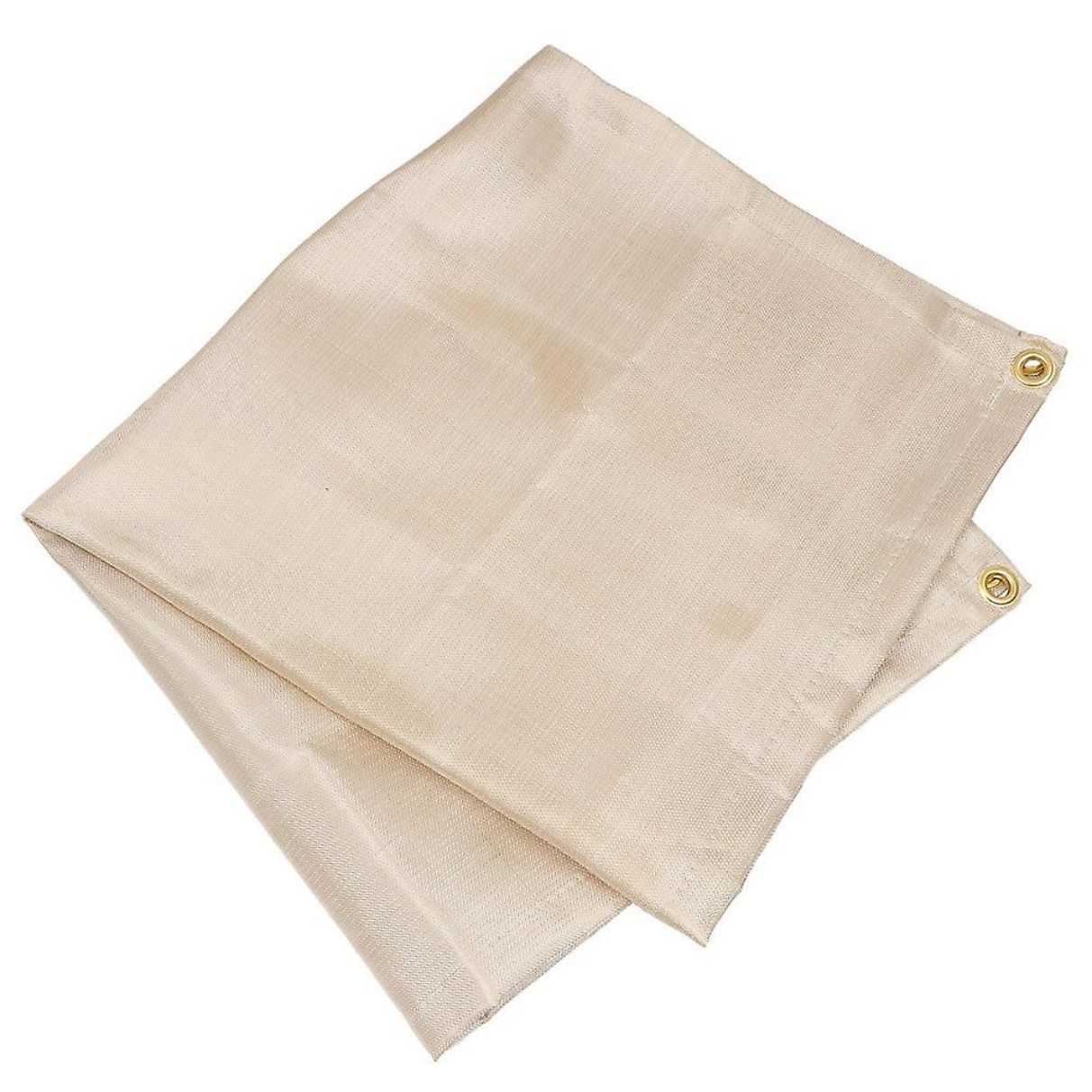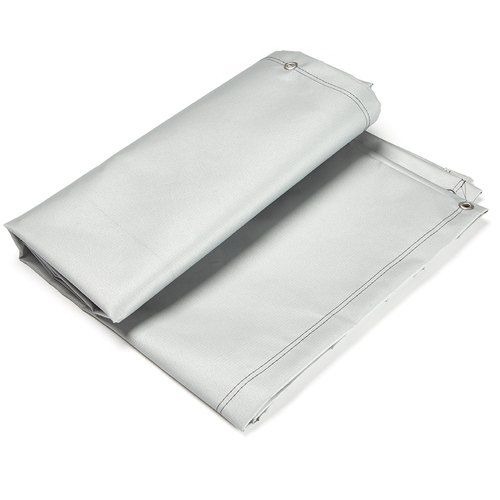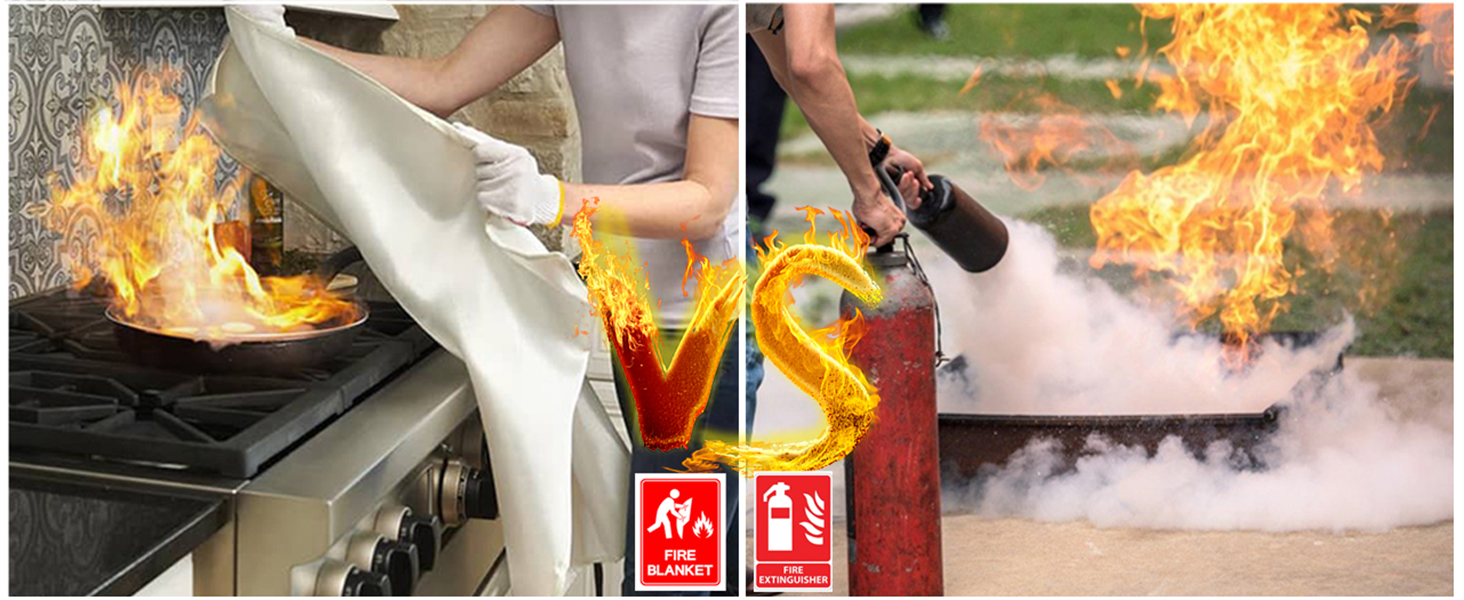Heavy Duty Anti Fire Blanket: Ultimate Protection Against Flames
A heavy duty anti fire blanket is an essential safety tool that smothers small fires by cutting off oxygen. Made from flame-resistant materials, it's perfect for kitchens, workshops, and industrial settings. This guide explains how it works, when to use it, and why every home needs one.
What Is a Heavy Duty Anti Fire Blanket?
Your heavy duty anti fire blanket is a specially designed safety device made from fire-resistant materials like fiberglass or wool treated with flame-retardant chemicals. Unlike regular blankets, it can withstand extreme heat (typically up to 900°F/482°C) without catching fire itself.
The heavy duty version is thicker and more durable than standard fire blankets, making it ideal for:
- Commercial kitchens with high-risk grease fires
- Industrial workplaces with welding or flammable materials
- Garages and workshops with electrical equipment
- Boats and RVs where space is limited for fire extinguishers
How Your Heavy Duty Anti Fire Blanket Works
When you place the heavy duty anti fire blanket over flames, it works in three ways:

- Oxygen Deprivation:It smothers the fire by cutting off its oxygen supply
- Heat Containment:The thick material contains heat and prevents spread
- Flame Barrier:It creates a physical barrier between the fire and flammable materials
For best results, remember to:
- Cover the fire completely - no gaps for oxygen to enter
- Leave the blanket in place for at least 15 minutes after flames appear out
- Never try to peek underneath while the fire is active
When to Use Your Fire Blanket
Your heavy duty anti fire blanket is most effective on:
- Grease fires:The #1 cause of kitchen fires (never use water!)
- Small electrical fires:When you can't unplug the device safely
- Clothing fires:Wrap it around a person whose clothes are burning
- Waste bin fires:Small trash or paper fires in offices or workshops
Important: Never use your heavy duty anti fire blanket on:
- Large fires (bigger than the blanket size)
- Chemical or gas fires (use appropriate extinguishers)
- Fires that have spread to walls or ceilings
Choosing the Right Heavy Duty Anti Fire Blanket
Look for these features when selecting your blanket:
- Material:Fiberglass with fire-retardant coating is most common
- Size:Standard sizes are 3'x3' to 6'6' (1m x 1m to 2m x 2m)
- Certifications:UL, CE, or EN1869 standards
- Storage:Quick-release container for fast access
- Thickness:Heavy duty versions are 0.5mm-1mm thick
Proper Maintenance and Storage
To keep your heavy duty anti fire blanket ready for emergencies:
- Store in an easily accessible location (kitchen wall, workshop entrance)
- Keep in its protective case to prevent dust accumulation
- Check annually for tears, discoloration, or stiffening
- Replace every 5-7 years or after any use (even brief deployment)
Why Every Home Needs One
Compared to fire extinguishers, your heavy duty anti fire blanket offers several advantages:
- No maintenance (extinguishers need regular pressure checks)
- No messy chemical residue to clean up
- Safer for grease fires where extinguisher chemicals might spread flames
- Easier to use with minimal training required
- Reusable (unless actually used on a fire)
For maximum safety, experts recommend having both a heavy duty anti fire blanket and an ABC-rated fire extinguisher in your home. The blanket handles small contained fires quickly, while the extinguisher provides backup for larger emergencies.
Final Safety Tips
Remember these key points about your heavy duty anti fire blanket:
- Practice removing it from its container before an emergency
- Always call emergency services after containing a fire
- Never attempt to fight a fire if it's spreading rapidly
- Teach all family members or coworkers how to use it
- Place it near fire risks but not so close it could catch fire first
Your heavy duty anti fire blanket is one of the simplest yet most effective fire safety tools available. By understanding its proper use and limitations, you're taking an important step in protecting your home or workplace from fire damage.






